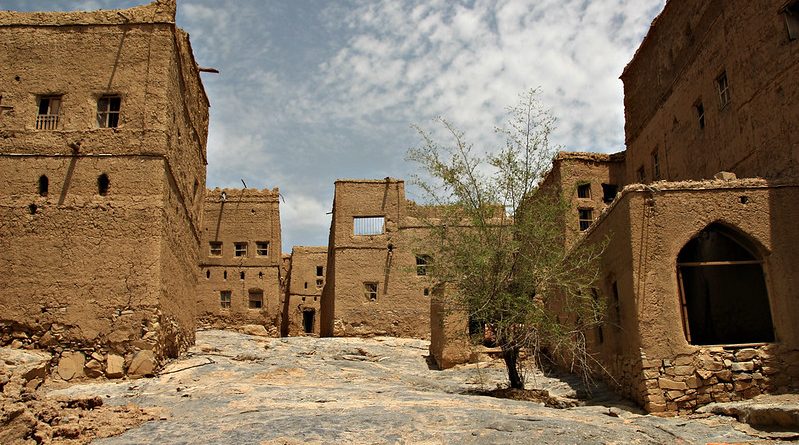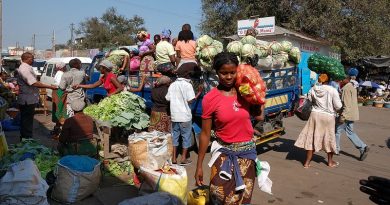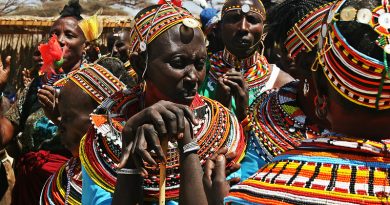The Cities of Oman
In recent years Oman has become an increasingly popular tourist destination as people have flocked to this undiscovered gem of fascinating culture, significant historical sites and otherworldly landscapes. But with so much to do (and often so little time), what should you visit once you get there?
Each of Oman’s cities offers different experiences for travellers, from the busy capital of Muscat, to the coastal region of Salalah or the fishing village of Seeb. See what each destination has to offer below.
Muscat
Although not the largest city in Oman, its capital is definitely its most popular. Surrounded by mountains and desert, the city is a perfect mix of modern and historical, with grand mosques and 16th century Portugese forts standing beside large scale shopping centres and high rises. The metropolitan city of Oman, it includes six different provinces or wilayats (Muscat, Muttrah,Bowshar, A`Seeb, Al Amerat and Quriyat) and is also the trading centre of the country.
Sultan Qaboos Grand Mosque, the main mosque in Oman dominates the Muscat skyline and is a must visit.
Salalah
Salalah, the second largest city of Oman, rests on the southern-most coastal region of the country. With mountainous regions on the northern side, and sandy beaches on the southern side, this little pocket of sunshine has become quite a popular stop for tourists.
Salalah is also one of the only areas in Oman that experiences low temperatures or seasonal rain, especially in their Khareef (monsoon season). Activities include seeing the waterfalls, paddling on the Wadi Darbat, making footprints along Mirbat Beach, getting drenched with water at Al Mughsayl Blowholes, or even experiencing neutral driving down the Salalah Anti Gravity Point.
Seeb
Located at the western edge of Muscat, Seeb is known as a notable fishing village next to the capital… as well as having some of the best beaches in the country! Seeb Beach is definitely one of the social hubs of this city, where women gather under palms and men ride horses down the sands.
Seeb is also widely known for its amazing cuisine, specifically the char grilled meat, fish, or squid called mashakik. Not only are the restaurants highly recommended, but the stalls available along the beaches in the evenings turn out some of the best dishes as well. In regards to shopping, Seeb has some of the best authentic goods, such as fish, vegetables, jewelry, fresh tobacco, and Omani halwa if looking for something more than just a souvenir to purchase.
Sohar
Located near the Sawadi Island diving paradise, Sohar is most well known for being the home of sailors Ahmed bin Majid and Sinbad, and housing the biggest copper deposits in Oman. It’s recognised as one of the largest and most industrial cities of Oman. It was even referred to as the settlement of ‘Omana’ that reportedly was what gave the country its name. It also houses one of the country’s most prominent castles, the Sohar Castle, which was built in between the 13th and 14th centuries and housed the rulers of the Al-Bu Said dynasty. Sohar is also known for its incredible beaches, which are simply a must if visiting.
Nizwa
Located at the base of the Hajar Mountains, Nizwa is known for being the capital of Oman in the 6th and 7th centuries. Just two hours outside of Muscat, Nizwa has become the second most popular tourist destination Oman currently has and is known for being one of the first cities in Oman to convert to Islam.
Nizwa Fort is highly recommended for its beautiful views over the city, as well as the extraordinary challenges it has withstood during the 1950’s bombings. The Falaq Daris (one falaq of only five still working) has been a working irrigation system since 500 CE. As with many cities in Nizwa, visiting the different souqs are a must. The Nizwa Souq and Goat Souq are particular favourites where you can purchase an authentic khanjar (curved dagger) that the Omani men wear on formal occasions.
Khasab
Being a city on the Musandam Penninsula, Khasab is a city that is often visited when travelling from either Dubai or Muscat. However, getting into Khasab can be rather tricky as taxi service is not available, but the Khasab Airport does have daily morning flights from Muscat International Airport.
Once there, the Khasab Castle, which used to be occupied by the Portuguese until they withdrew, is now a regional museum with boats and houses still erected in the front of the castle. Dhow cruises, mountain safaris, and snorkelling are also popular activities that allow you to take in the beauty of Khasab.
One thing to note is that there are only four hotels in the city, and come the weekend, they are usually all sold out. Booking ahead of time is a must; however, the wonderful sights and sounds of this Omani city are definitely worth it.
Sur
Resting on the region near the Gulf Coast of Oman, Sur has been known since the 6th century as one of Oman’s foremost trading ports. Its long withstanding history of shipbuilding is a practice still used today. However, Sur does not have its own airport and it is two and a half hours south of Muscat International Airport. And although it doesn’t have public transportation, it uses taxis all within Sur.
When there, the Dhow Shipyard, Bilad, Sinaysla, and Al Ayja Forts, or visits to Wadi Tiwi and Wadi Shabi are the best and most notable sites to see in the city.
Bahla
Bahla is located 40 metres from Nizwa and 200 metres from Muscat. Probably best known for its immense fortress and its use of pottery, Bahla is also known as one of the most ancient and mystical cities in all of Oman. It is even called Madinat Al Sehr (‘City of Magic’) for its history of sorcerer and djinn (genies) practices which are still conducted to this very day. Out of all the sights to see, probably the most obvious has got to be the renowned Bahla Fort, which has been standing since it was built in between the 13th and 14th centuries. If wanting to take a little slice of Bahla home with you, it is recommended that you browse through the unique different pottery pieces or even to take a pottery class. As most houses in Oman contain at least a couple pieces of Bahla pottery, this is one landmark item you shouldn’t miss out on.
Words by Hailey McGlynn




